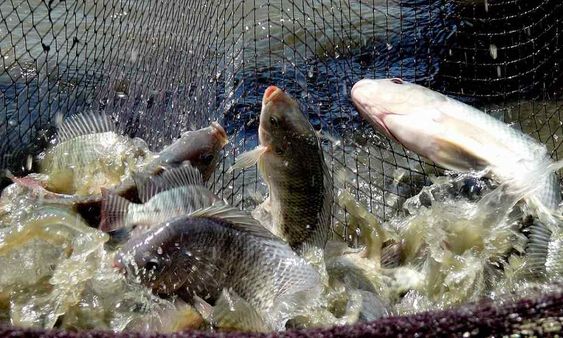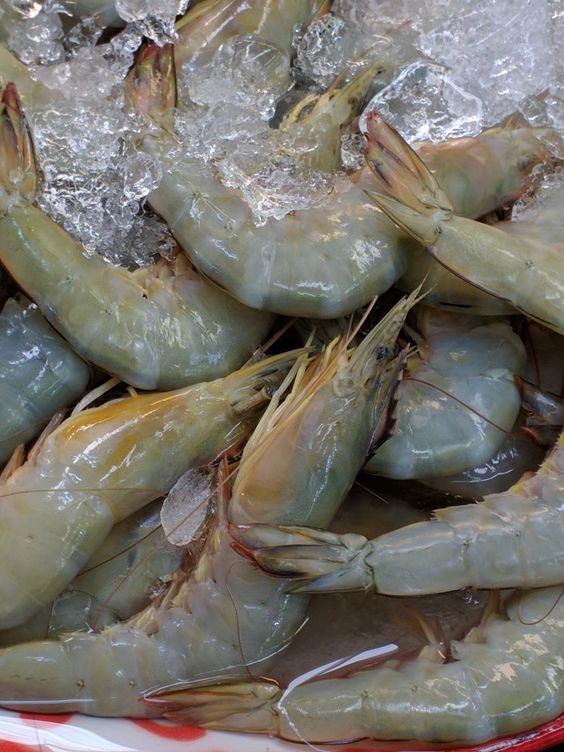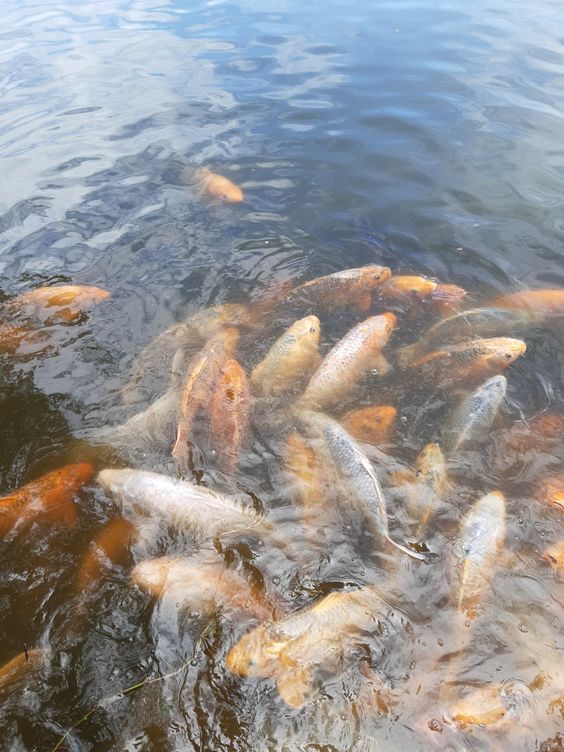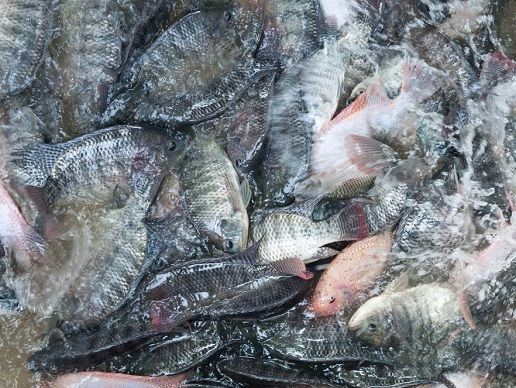Dive into Tilapia Farming: A Rewarding and Sustainable Aquaculture Practice
Tilapia Farming has become a prominent player in the global aquaculture industry, driven by rising demand for this versatile white fish. Due to its rapid growth rate, mild flavor, and ease of cultivation, tilapia offers a sustainable and profitable option for fish farmers. Whether you’re a seasoned aquaculturist or a curious newcomer, this comprehensive guide will equip you with the knowledge to navigate the exciting world of tilapia farming.
Contents
Understanding Tilapia: The Perfect Aquaculture Candidate
Tilapia Farming is a freshwater fish native to Africa, known for its adaptability and fast growth. Several tilapia species are popular in aquaculture, with Nile tilapia (Oreochromis niloticus) being the most widely farmed. These fish are omnivores, meaning they can thrive on a variety of feeds, including plant matter, algae, and commercially prepared pellets.
Here’s what makes tilapia ideal for aquaculture:
-
Fast Growth Rate: Tilapia can reach market size (around 1 pound) within 6-8 months, allowing for multiple harvests per year and efficient use of resources.
-
Disease Resistance: Compared to some other farmed fish, tilapia exhibits a higher tolerance to common diseases, reducing potential losses.
-
Adaptability: Tilapia can be raised in various water qualities, including freshwater, brackish water (a mix of fresh and saltwater), and even recirculating aquaculture systems (RAS) with proper management.
-
High Feed Conversion Ratio: Tilapia efficiently convert feed into flesh, leading to lower production costs and better resource utilization.
Tilapia Farming Life Cycle: From Hatchery to Harvest
Tilapia farming involves a well-defined life cycle, typically divided into three main stages: hatchery, nursery, and grow-out.
-
Hatchery: The journey begins in a hatchery, where tilapia eggs are incubated under controlled conditions to ensure optimal hatching rates. Fingerlings (young fish) are raised in tanks for a few weeks until they reach a suitable size for transfer to the nursery.
-
Nursery: The nursery provides a protected environment for fingerlings to grow further. Here, they are fed a nutritious diet to promote healthy development and prepare them for the grow-out phase.
-
Grow-out: This stage involves transferring the tilapia to ponds, cages, or tanks for final grow-out. During this period, farmers focus on providing optimal water quality, proper feeding, and health management to ensure the fish reach market size in good condition.
Tilapia Farming Methods: Choosing the Right System
There are several tilapia farming methods to consider, each with its own advantages and limitations. The choice depends on factors like available resources, climate, and desired production scale.
-
Pond Culture: The traditional method involves raising tilapia in earthen ponds. Ponds can be extensive (large-scale) or intensive (high-density stocking). Extensive systems require minimal input but offer lower yields. Intensive ponds require more management but produce higher yields.
-
Cage Culture: This method involves suspending cages made of mesh netting in lakes, rivers, or sheltered coastal areas. Cage culture offers good water quality and allows for efficient use of space, but may require investment in cages and mooring systems.
-
Recirculating Aquaculture Systems (RAS): RAS are closed-loop systems that treat and reuse water, enabling tilapia farming in areas with limited water resources. RAS offer precise control over water quality but require significant investment and technical expertise.
Key Considerations for Successful Tilapia Farming
Water Quality: Maintaining clean and well-oxygenated water is paramount for healthy tilapia growth. Regularly monitoring water parameters like pH, ammonia, and dissolved oxygen is crucial.
Feeding: Providing a balanced and nutritious diet is essential for optimal growth and fish health. Tilapia can be fed commercially prepared pellets, formulated to meet their specific nutritional needs. In some cases, supplemental feed like vegetables or algae may be used.
Health Management: Implementing preventive measures like biosecurity protocols and proper pond management helps minimize disease outbreaks. Vaccination programs can also be part of a comprehensive health management strategy.
Harvesting: The timing of harvest depends on market demand and desired fish size. Harvesting methods vary but typically involve draining ponds or seining fish from cages.






